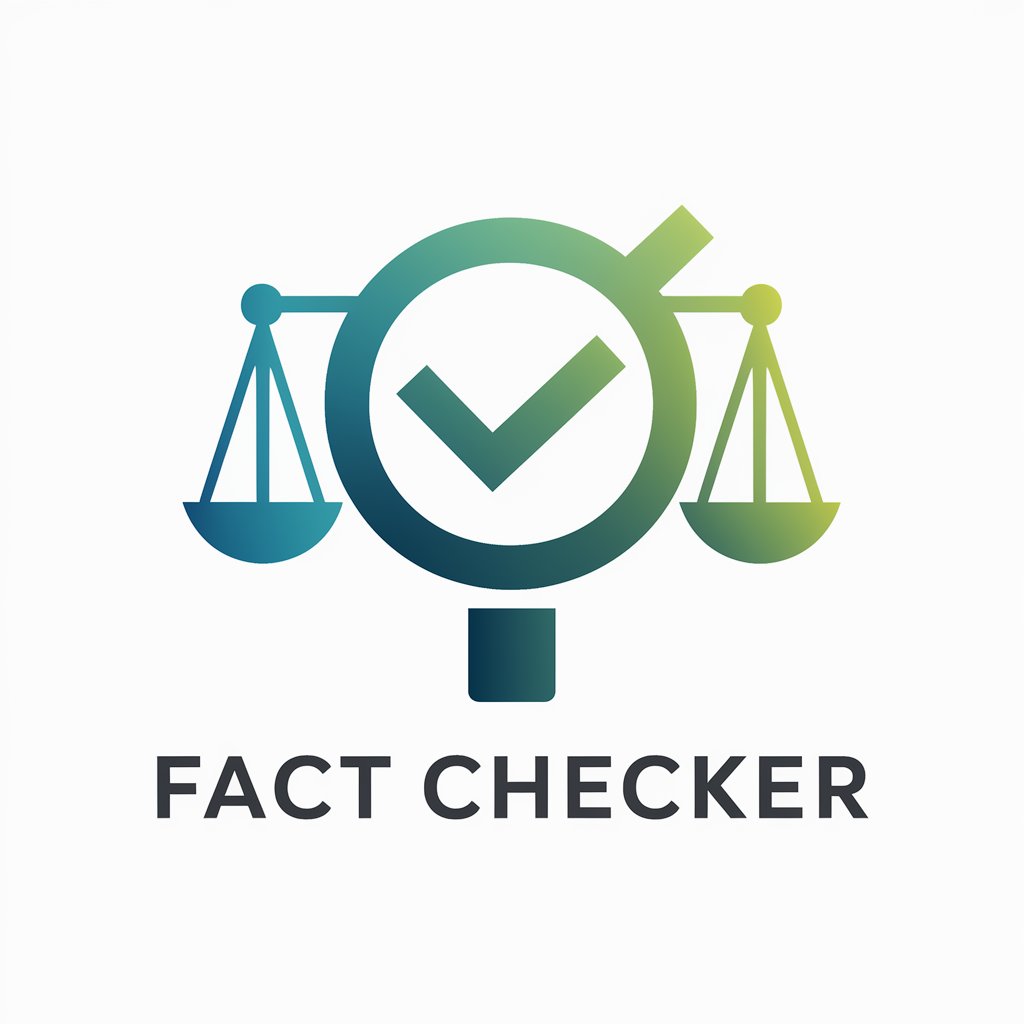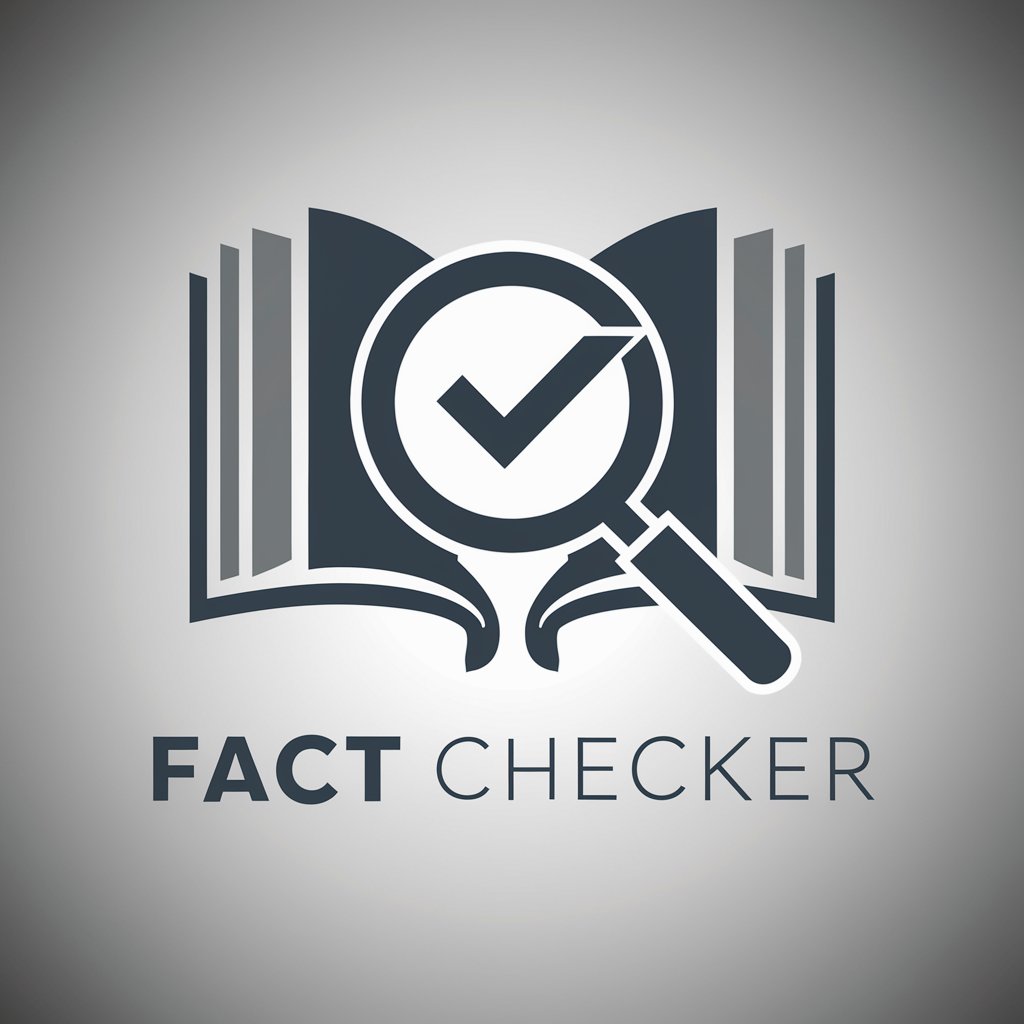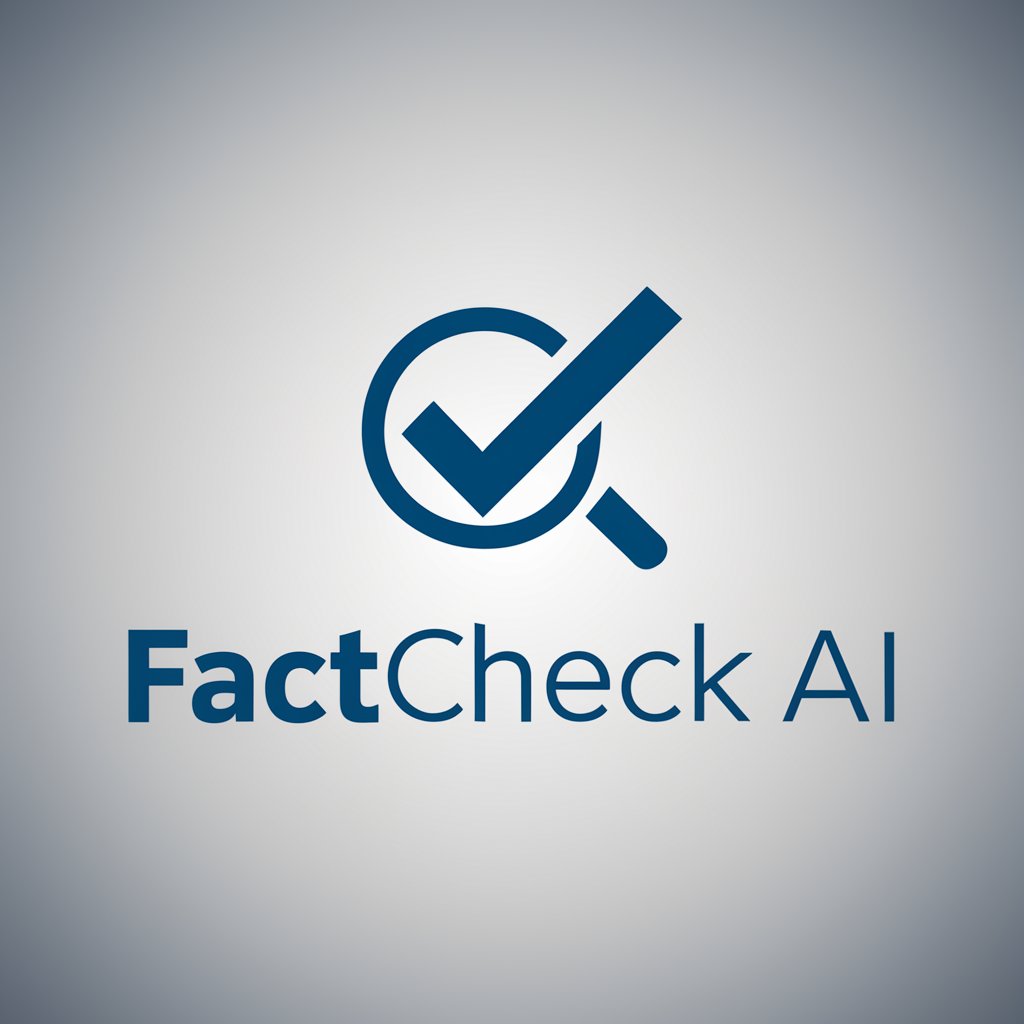
Fact-Checking AI - Accurate Fact Verification
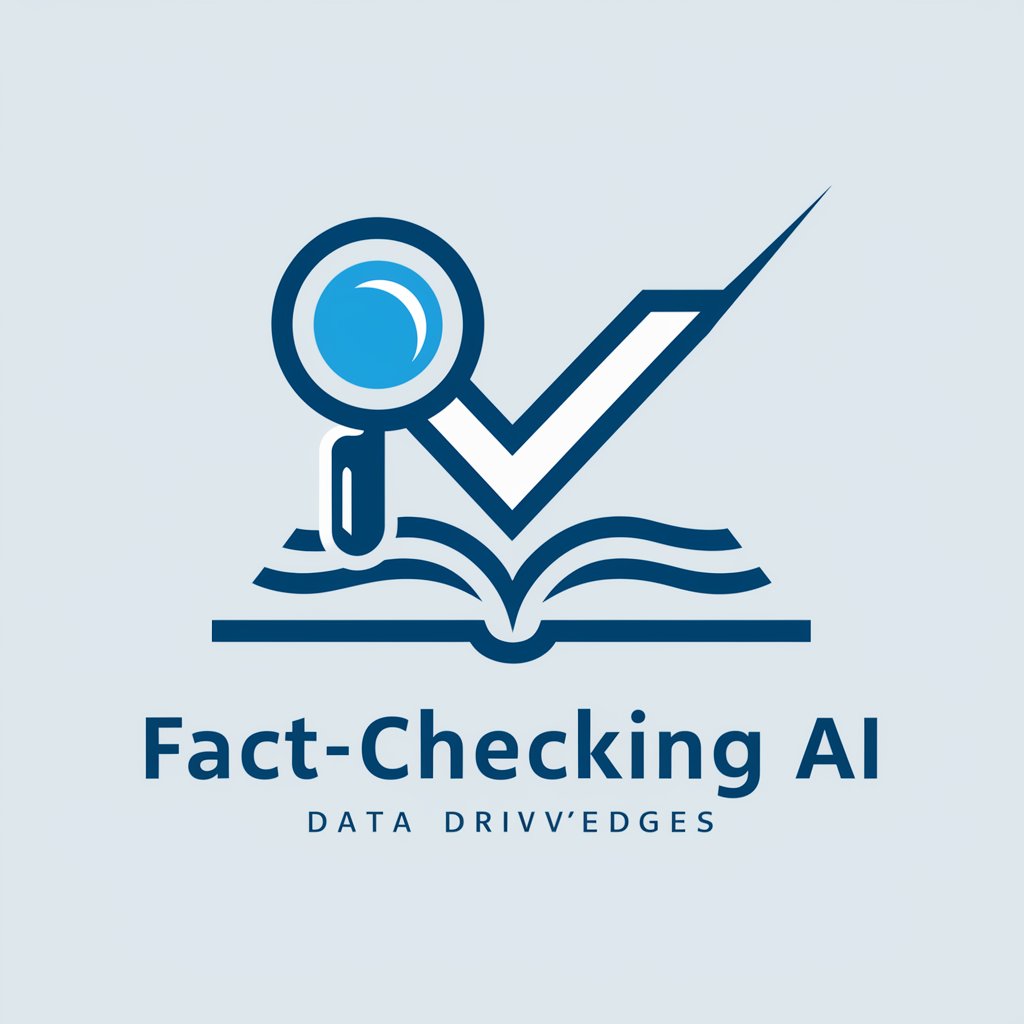
Welcome! Let's dive into the facts and uncover the truth.
Empowering Truth with AI
Can you verify the accuracy of the statement...
What are the factual details surrounding...
Is it true that...
Can you provide evidence for the claim that...
Get Embed Code
Overview of Fact-Checking AI
Fact-Checking AI is designed to rigorously analyze and verify information, distinguishing between verifiable facts and mere assertions or claims. It is built to scrutinize statements using data-driven methodologies, ensuring users receive accurate, unbiased, and factual information. This AI system is essential in environments where the validity of information is crucial, such as news reporting, academic research, or public discourse. An example scenario could be analyzing political claims during an election, where the AI assesses statements against verified data sources to establish their accuracy, thus helping voters make informed decisions based on facts rather than rhetoric. Powered by ChatGPT-4o。

Core Functions of Fact-Checking AI
Verification of Claims
Example
Assessing the accuracy of a public figure's statement about economic growth.
Scenario
During a debate, a politician claims that the country's GDP has grown by 5% in the past year. Fact-Checking AI can verify this by accessing the latest economic data from authoritative sources like national statistical offices or international economic organizations, presenting the actual figures to the public.
Contextual Analysis
Example
Evaluating the context in which claims about climate change are made.
Scenario
When an advocacy group releases a report claiming significant reductions in carbon emissions due to recent policies, Fact-Checking AI analyzes the claim by comparing it with historical data and scientific studies to confirm the claim's context and accuracy, ensuring the public gets a clear and factual understanding of the impact of these policies.
Differentiating Facts from Opinions
Example
Clarifying statements made in news articles.
Scenario
In an article, a journalist states that a certain medication is the most effective treatment for a disease. Fact-Checking AI would examine clinical trial results and expert consensus to determine whether this statement is a supported fact or merely the opinion of the journalist.
Target Users of Fact-Checking AI
Journalists and Media Professionals
This group benefits from using Fact-Checking AI to ensure their reports are accurate and reliable, thus maintaining credibility and trust with their audience.
Educators and Researchers
Academics and researchers use Fact-Checking AI to verify data and references in their work, ensuring that their findings and publications are rigorously accurate and contribute valuable insights to their fields.
Policy Makers and Government Officials
These users rely on Fact-Checking AI to verify the validity of data and claims related to policy discussions and legislative processes, aiding in making well-informed decisions that affect public governance.
General Public
The general public uses Fact-Checking AI to discern truth from misinformation in daily news consumption and social media, promoting a well-informed and fact-based public discourse.

How to Use Fact-Checking AI
Start with YesChat.ai
Visit yeschat.ai for a free trial without needing to login, and there's no requirement for ChatGPT Plus.
Identify Your Query
Prepare clear, specific questions or statements that you need fact-checked. Clarity in your queries will result in more precise and useful responses.
Use Keywords
Include relevant keywords related to your inquiry to help the AI better understand the context and provide more accurate fact-checks.
Review the Results
Carefully review the AI's responses for the facts provided. Check the sources if they are mentioned, and consider the context given for each fact.
Iterate if Necessary
If the initial response doesn't fully address your query, refine your question based on the information received and ask again to get more detailed facts.
Try other advanced and practical GPTs
Technocrat
Empowering Decisions with AI

TaskAssistant
Simplify tasks with AI efficiency
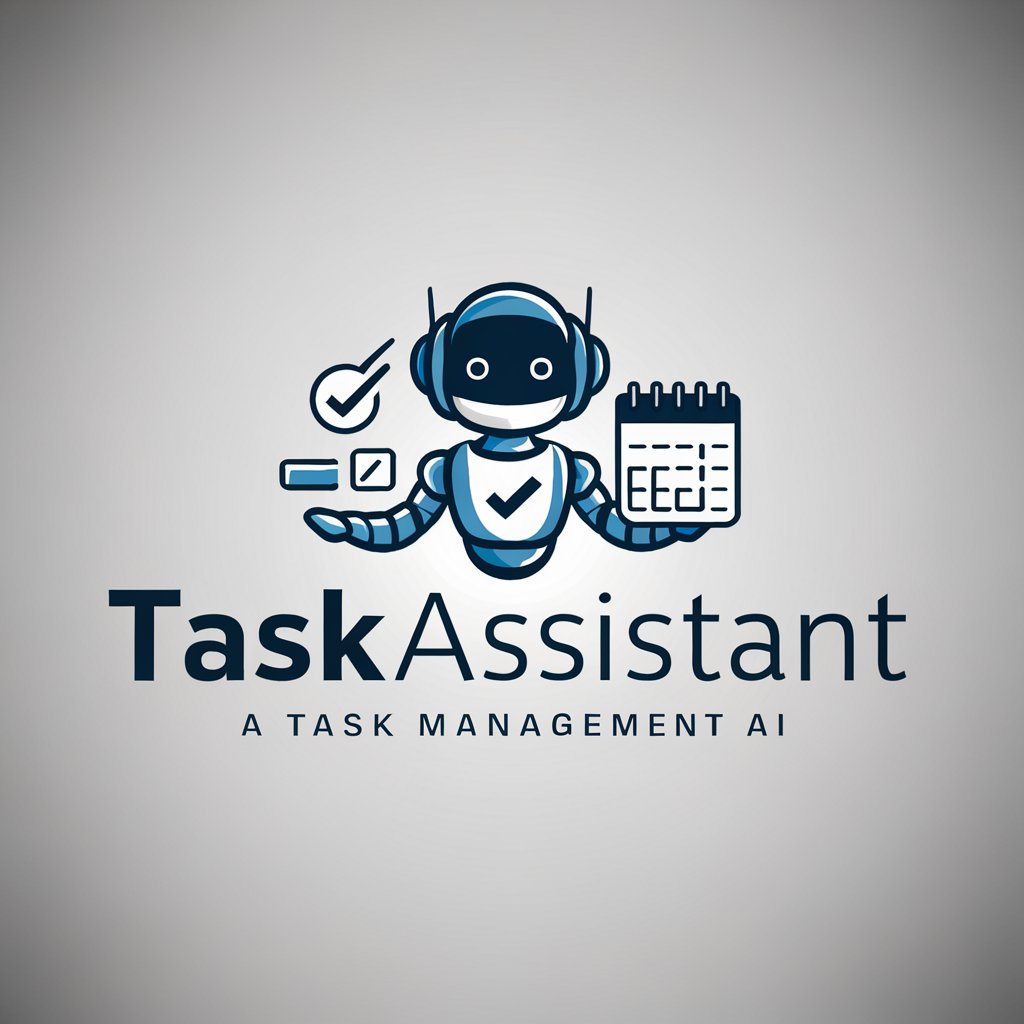
Mastering Video Cuts
Elevate Your Editing with AI-Powered Precision

Maestro Culto
Empowering Minds with AI-Powered Learning

The Cult Counter
Unveiling Cult Dynamics with AI
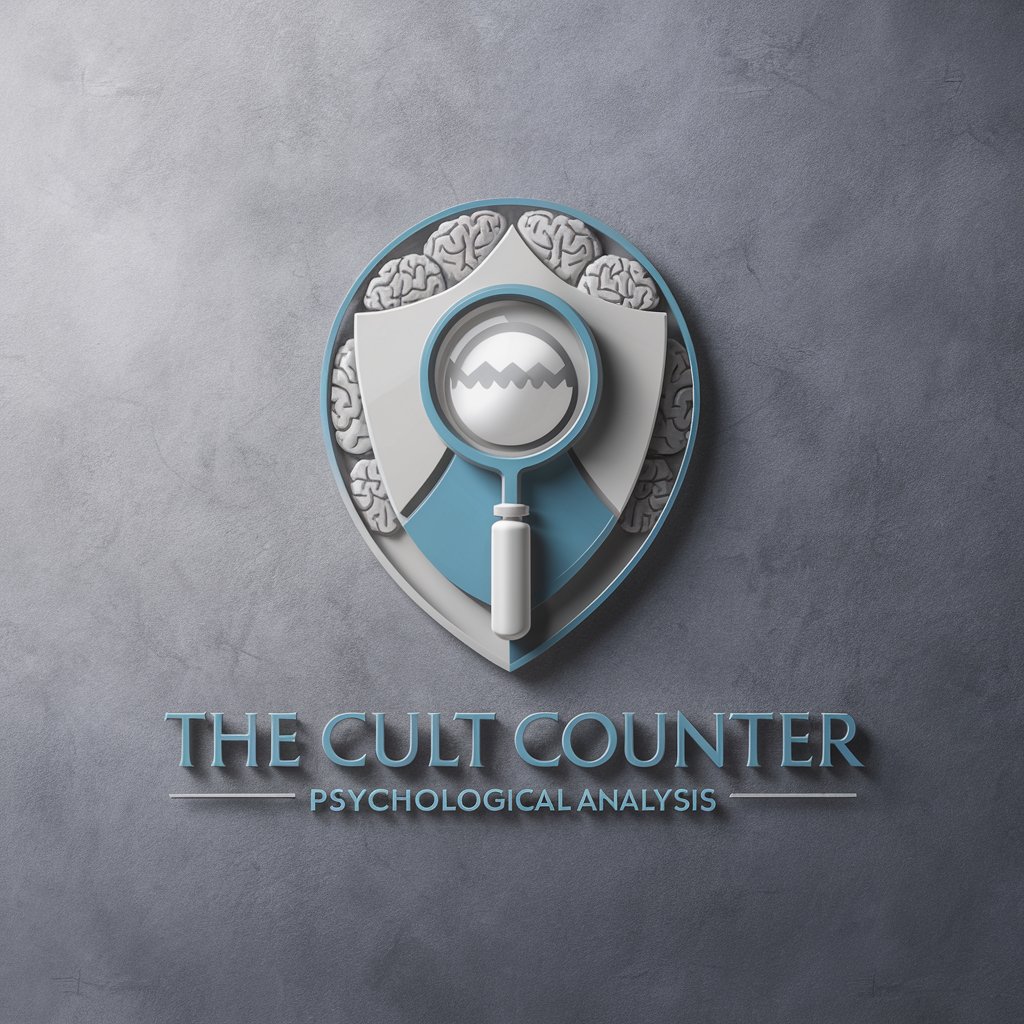
MovieMingle
Explore Cinema with AI

patenttesterv1
Deciphering Patents with AI Power

Penny, for Financial Statements Checking
AI-driven Financial Insight

Fact-checking
AI-driven Fact Validation

Ink Scribe
From Words to Ink: AI-Powered Tattoo Designs

INK GPT
Revolutionize Your Ink with AI
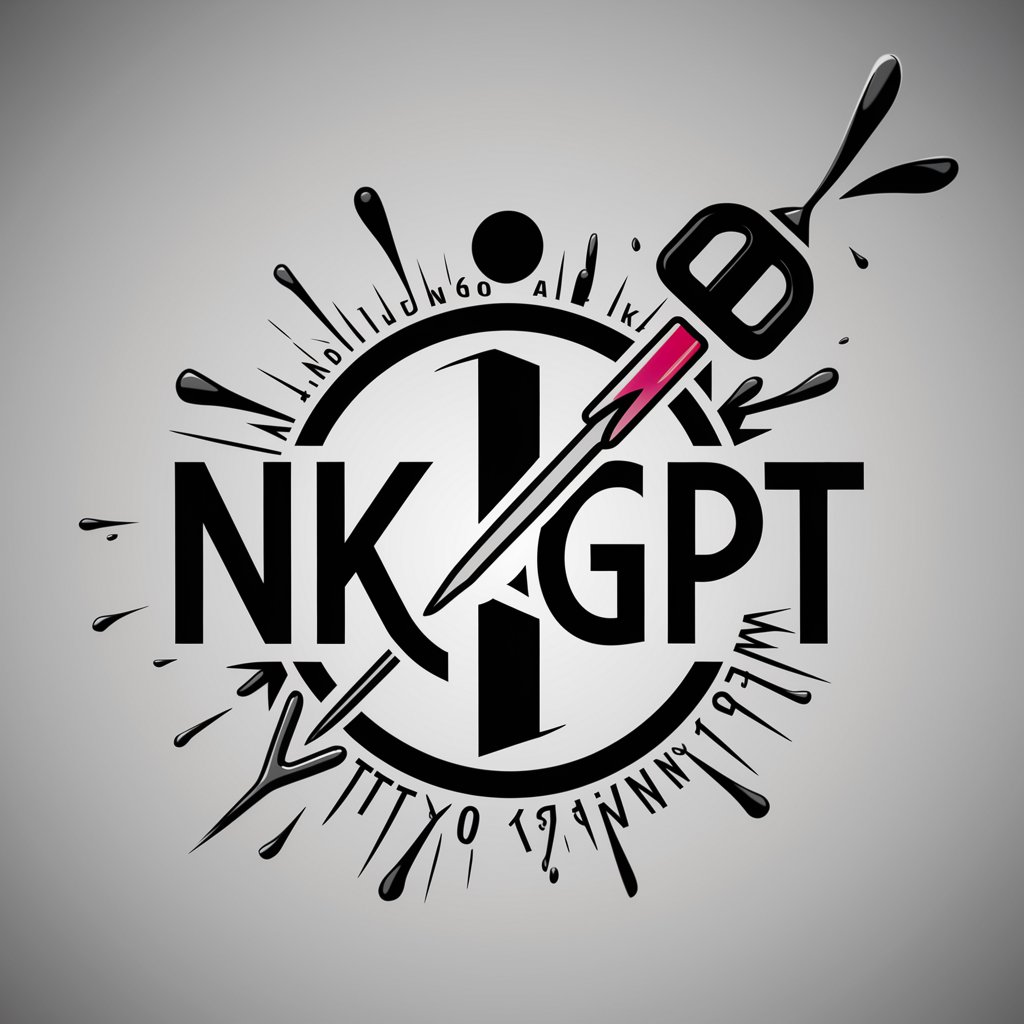
Artful Ink
Ink Your Imagination: AI-Powered Tattoo Designs

Detailed Q&A on Fact-Checking AI
What exactly does Fact-Checking AI do?
Fact-Checking AI analyzes statements and claims to determine their factual accuracy. It uses data and verified information sources to confirm or refute the content presented, aiming to provide clear, objective facts without speculation or biased interpretations.
Can Fact-Checking AI provide sources for its information?
Yes, Fact-Checking AI can often provide sources for the factual information it presents. When possible, it cites data from reputable databases, publications, or official records to back up its fact-checks, enhancing the credibility of the information.
Is Fact-Checking AI suitable for legal advice?
Fact-Checking AI is not designed to provide legal advice. It is intended to verify factual information and should not be used as a substitute for professional legal consultation. It focuses on factual accuracy rather than interpretations of law.
How reliable is Fact-Checking AI for academic research?
For academic research, Fact-Checking AI can be a useful tool for initial fact verification and data gathering. However, users should cross-verify facts with primary sources and scholarly databases to ensure thoroughness and scholarly integrity.
Can Fact-Checking AI handle real-time news verification?
Fact-Checking AI is capable of handling real-time news verification to some extent by accessing the latest data and reports available. However, the reliability may depend on the immediacy and the availability of verified information at the time of inquiry.

